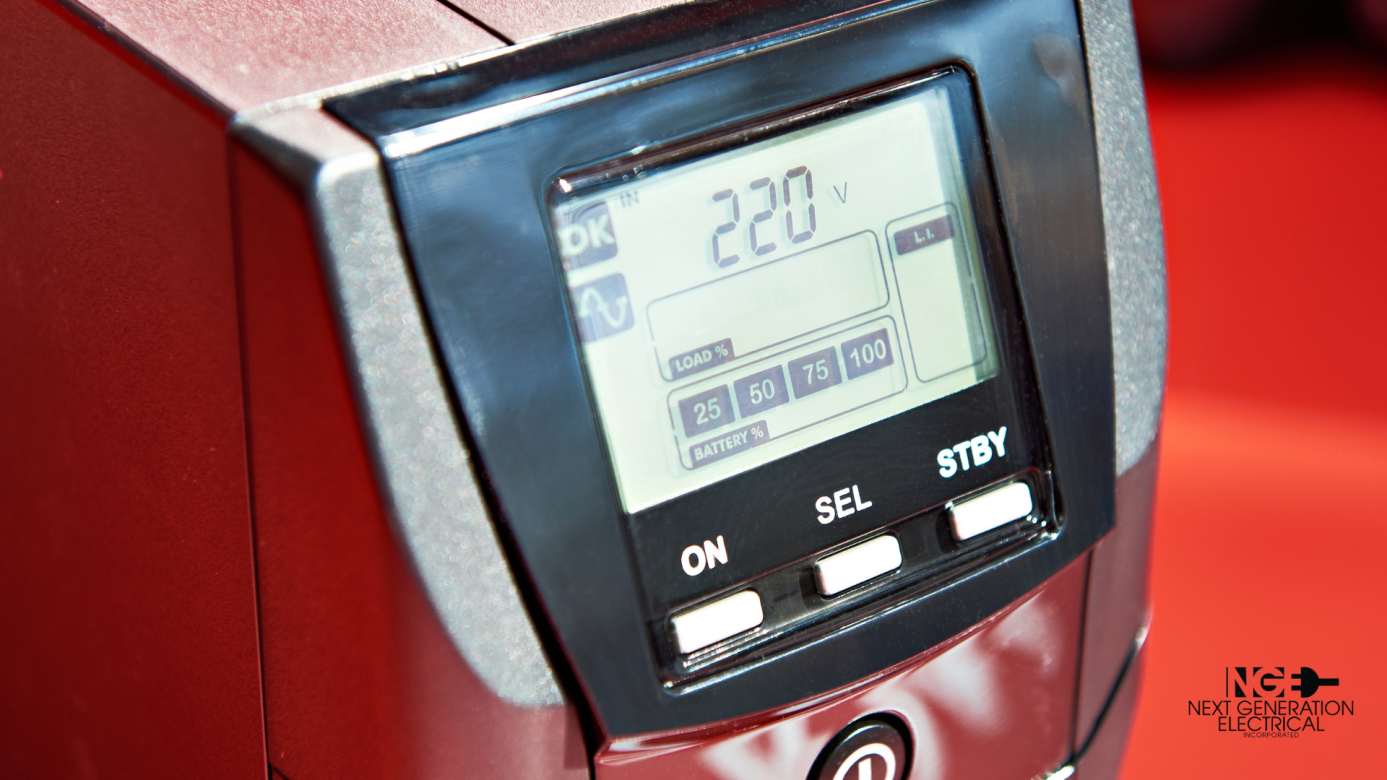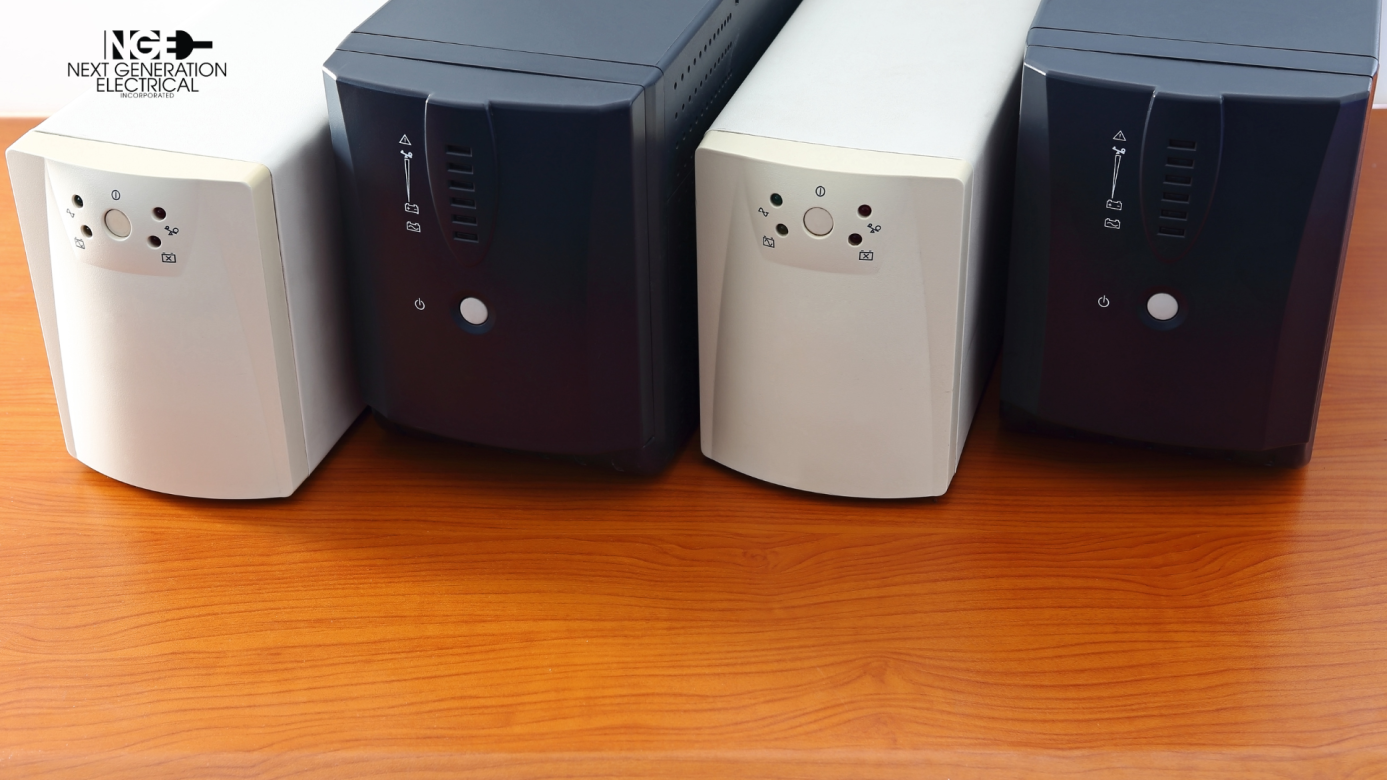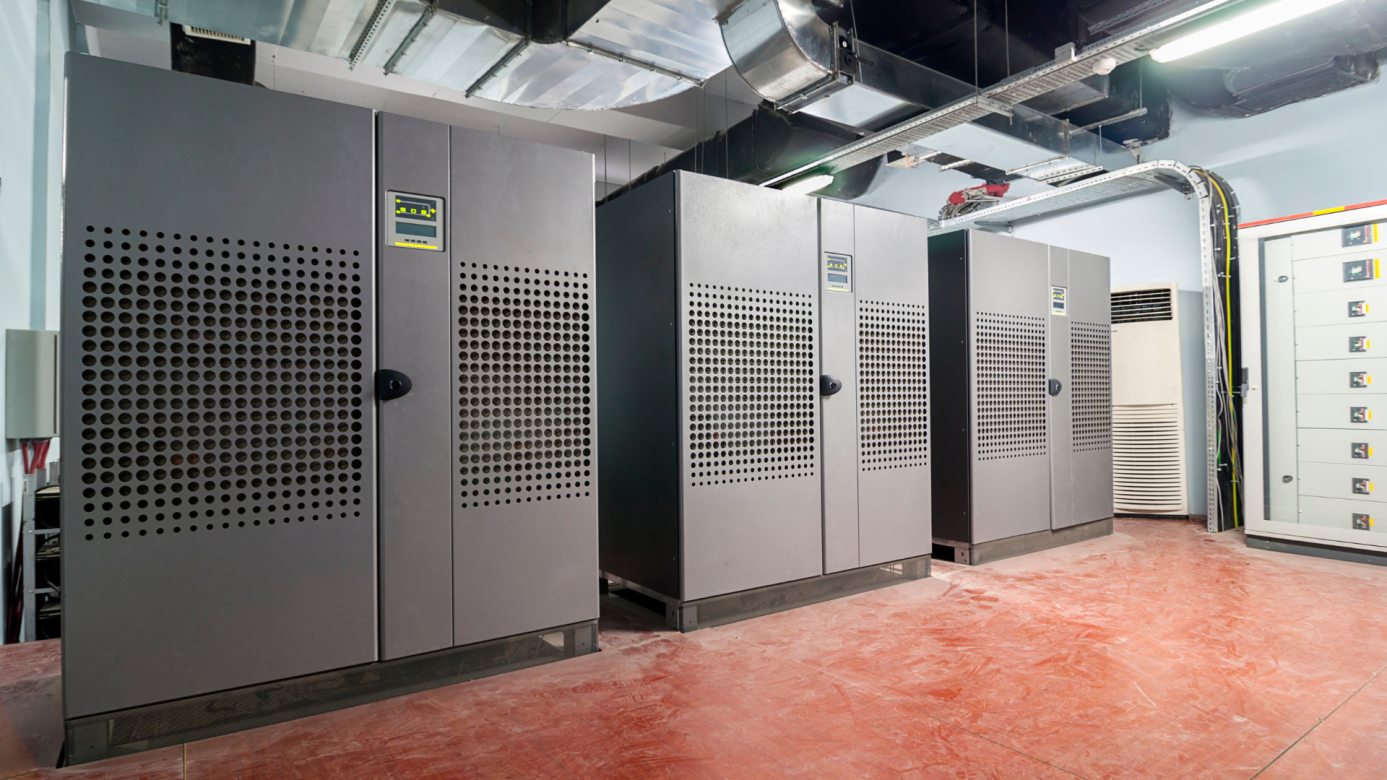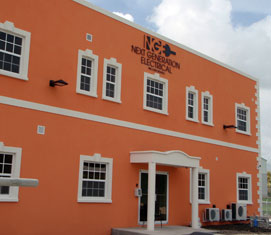When to Use Surge Protectors or UPS solutions for your Home or Business
When to Use Surge Protectors or UPS solutions for your Home or Business
With the surge in thunderstorms and the attendant increase in lightning strikes in Barbados, protection of your electronic equipment and appliances has moved to the forefront of many a Bajan’s mind. Even without the intervention of Mother Nature, it is still recommended that devices like surge protectors, and Uninterrupted Power Supplies (UPS) be used around your home or business.
When it comes to protecting your electronic devices from power surges and outages, choosing the right solution is crucial. Surge protectors and Uninterrupted Power Supplies (UPS) offer different levels of protection and benefits, each suited to specific needs.
Plug-In Surge Protectors: A Basic Shield
Surge protectors are designed to divert excess electrical energy caused by surges or spikes away from your devices, preventing damage. They are typically affordable and easy to install, making them a popular choice for protecting individual devices or small setups.
Benefits of Surge Protectors:
- Cost-effective: Surge protectors are generally more affordable than UPS.
- Easy to install: They can be plugged directly into a wall outlet and provide immediate protection.
- Good for individual devices: They are ideal for protecting computers, TVs, and other electronic equipment.
Limitations of Surge Protectors:
- No backup power: Surge protectors cannot provide backup power during outages.
- Limited protection: They will not be sufficient for protecting entire buildings or critical systems and/or devices.
Whole Building Surge Protection Systems
A whole building surge protection system is a comprehensive solution designed to safeguard your entire structure and its electrical equipment from power surges and spikes. These surges can occur due to lightning strikes, faulty equipment, or grid instability, potentially causing damage to electronic devices and even posing safety risks.
Key Components of a Whole Building Surge Protection System:
- Main Service Entrance: This is the primary point where electrical power enters your building. A surge protector is installed here as the first step in protecting the entire structure from incoming surges.
- Branch Circuit Protection: Surge protectors are also installed at the branch circuit level, which are the smaller circuits that distribute power to individual outlets and devices throughout the building.
- Equipment Protection: Specific surge protectors can be used to protect sensitive equipment such as servers, computers, and medical devices.
Benefits of Whole Building Surge Protection:
- Comprehensive Protection: Protects the entire building and all its electrical equipment from surges. It is important to note that installation of more than one surge protector may be required to offer entire building protection.
- Reduced Damage: Minimizes the risk of damage to electronic devices, appliances, and wiring.
- Increased Uptime: Helps prevent costly downtime due to equipment failures caused by surges.
- Enhanced Safety: Reduces the risk of electrical fires and other safety hazards.
Types of Whole Building Surge Protection Systems:
- Type I: Provides basic protection for the main service entrance.
- Type II: Offers additional protection for branch circuits and sensitive equipment.
- Type III: Provides protection at the point of use for specific devices which are directly connected.
Uninterrupted Power Supplies: A Comprehensive Solution
UPS systems can be specifically designed to provide both surge protection and backup power during outages. They use batteries to store energy and can automatically switch to battery power when the main power supply fails. UPS systems are typically more expensive than surge protectors but offer a higher level of protection and reliability once designed for the purpose.
Benefits of Uninterrupted Power Supplies:
- Surge protection: UPS systems can provide varying levels of surge protection.
- Backup power: They can keep critical systems running during power outages.
- Clean power: UPS systems can filter out power fluctuations and provide clean, stable power to your devices.
- Scalability: UPS systems can be scaled to protect entire buildings or specific systems.
Limitations of Uninterrupted Power Supplies:
- Higher cost: UPS systems are generally more expensive than surge protectors.
- More complex installation: They may require professional installation, especially for larger systems.
Whole Building Uninterruptible Power Supplies (UPS)
A whole-building UPS is a comprehensive power protection solution designed to provide continuous, reliable power to an entire building. These systems are crucial for critical facilities like hospitals, data centres, and manufacturing plants where even brief power outages can have severe consequences.
Key Components of a Whole Building UPS:
- Power Supply: The primary source of electricity, typically from the utility grid.
- Battery Bank: A large collection of batteries that store energy.
- Inverter: A device that converts DC power from the batteries into AC power for use in the building.
- Rectifier: A device that converts AC power from the grid into DC power for storage in the batteries.
- Automatic Transfer Switch (ATS): A device that automatically switches between the grid power and battery backup power as needed.
Benefits of Whole Building UPS:
- Continuous Power: Ensures uninterrupted power supply to critical systems during outages.
- Surge Protection: Once included in the UPS system design, protects equipment from voltage surges and spikes.
- Voltage Regulation: Maintains stable voltage levels, preventing damage to sensitive equipment.
- Frequency Regulation: Ensures consistent frequency, which is essential for many electrical devices.
- Improved Efficiency: Can improve overall system efficiency by reducing downtime and energy losses.
Types of Whole Building UPS:
- Off-Line: The most basic type of UPS, which only provides battery backup during power outages.
- Line-Interactive: Once included in the UPS system design, offers surge protection and voltage regulation in addition to battery backup.
- Double Conversion: Provides the highest level of protection, with continuous power conditioning and battery backup.
Choosing the Right Solution for Your Needs
The best choice between surge protectors and UPS depends on your specific requirements and budget. If you only need basic protection for individual devices and don't require backup power, a surge protector may be sufficient. However, if you need to protect critical systems or require backup power during outages, a UPS system is a better investment.
Consider these factors when making your decision:
- Budget: Determine how much you are willing to spend on protection.
- Level of protection: Decide whether you need basic surge protection or comprehensive protection with backup power.
- Critical systems: Identify any systems that cannot afford downtime during power outages.
- Building size: Consider the size of your building and the number of devices that need protection.
By carefully evaluating your needs, you can choose the most appropriate solution to protect your electronic devices and ensure an uninterrupted power supply.
For more information, you can always contact us at: info@ngebarbados.com or (246) 426 2871






